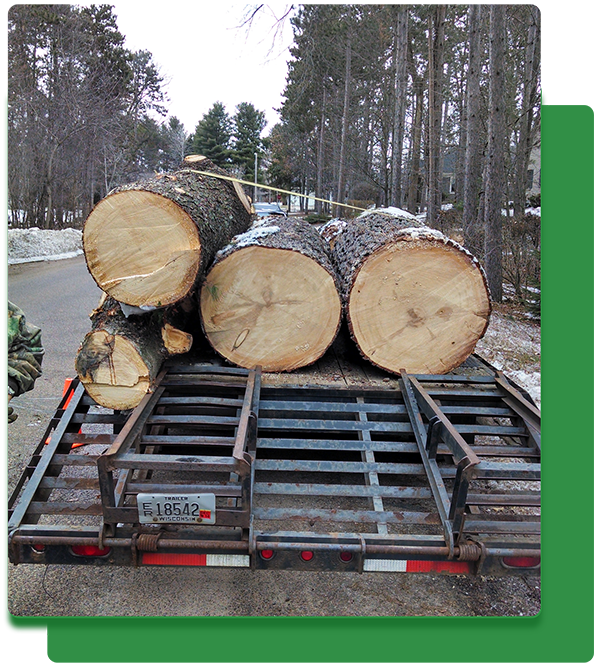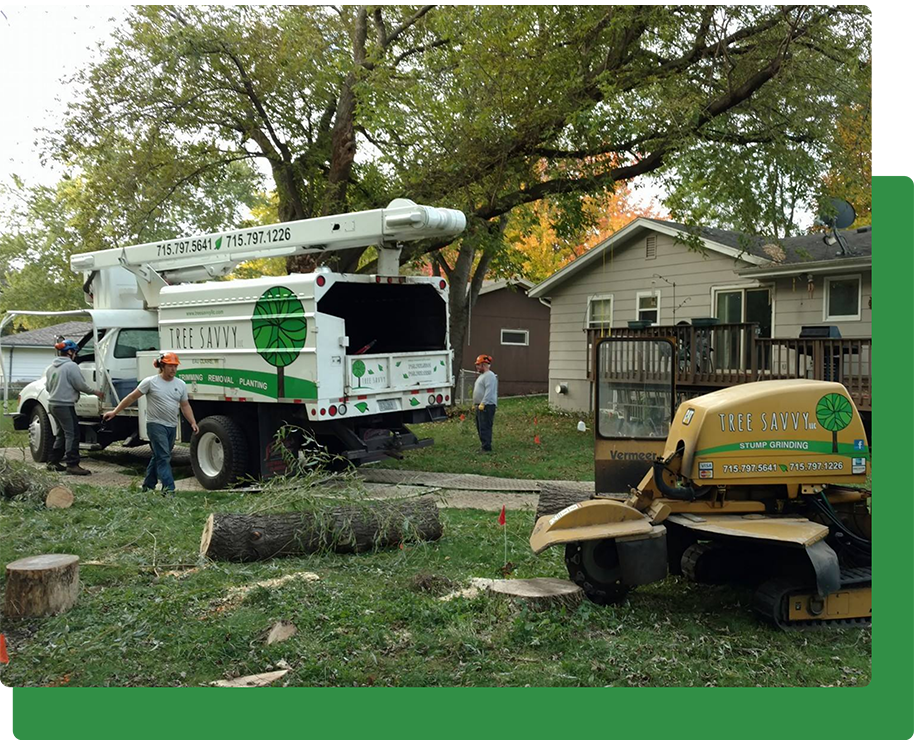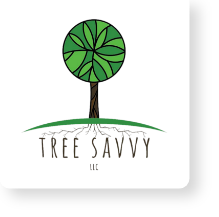
Apple Scab
Apple Scab is a fungal disease, caused by the fungus Venturia inaequalis, that infects the foliage of Apple and Crabapple trees. The disease is not considered a serious threat to its host tree, but rather is more of an aesthetic issue because of the blemishes on the leaves and fruit, and potential for early defoliation. That said, heavy infections and years of repeated defoliation can reduce growth, vigor, and apple yields, and even lead to the decline (and possible death) of the host tree.
The presence of Apple scab is dependent on cool, wet weather. Specifically, newly emerged leaf tissue must be wet for at least 6 hours, and temperatures need to be in the mid-60s and above for the fungus responsible for the disease to thrive. Conversely, if spring weather is dry, scab may not be a serious problem that year.
The fungus will remain in any infected leaves and fruit over the winter, and begin to disperse spores again the following spring. Wind and rain can also carry spores from infected leaves to nearby host trees where a new infection can begin. In late summer or early fall, the primary infections produce secondary spores which can in turn create new infections.

Signs of Damage
In spring, overwintered spores (ascospores) mature and are discharged over a period of 5 to 9 weeks. Once the spores have dispersed, the following symptoms may present themselves:
- Irregular-shaped spots on the leaves, brown to olive in color
- Spots become dark and velvety in appearance
- Fruit may also be infected and display similar symptoms to those on leaves
- Heavily infected leaves may become yellow and result in premature defoliation

Means of Mitigation
Since the fungus responsible for Apple Scab overwinters on fallen leaves and fruit, one of the easiest and most effective ways of managing an ongoing infection is to rake and remove leaves and other yard waste in autumn, reducing the amount of spores present the following spring. Other non-chemical ways of managing future infections include:
- Prune suckers and branches during the winter months to improve air circulation throughout the canopy
- Avoid wetting the foliage with irrigation during the growing season
- Plant disease resistant Apple and Crabapple trees
More direct options for treating against Apple Scab include:
- Fungicide foliar spray (Myclotect) performed annually
- Applications of Cambistat can increase tree resistance to pathogens
Spraying for Apple Scab can be difficult. It is important that trees are treated in the spring, as this is when the infection occurs and not in midsummer when the symptoms begin to appear. If timing is incorrect, or if rain washes away fungicide applications, control may be lower. In perfect conditions, control may be aesthetically pleasing, but the disease will always persist. The focus should be on suppression, not eradication.
